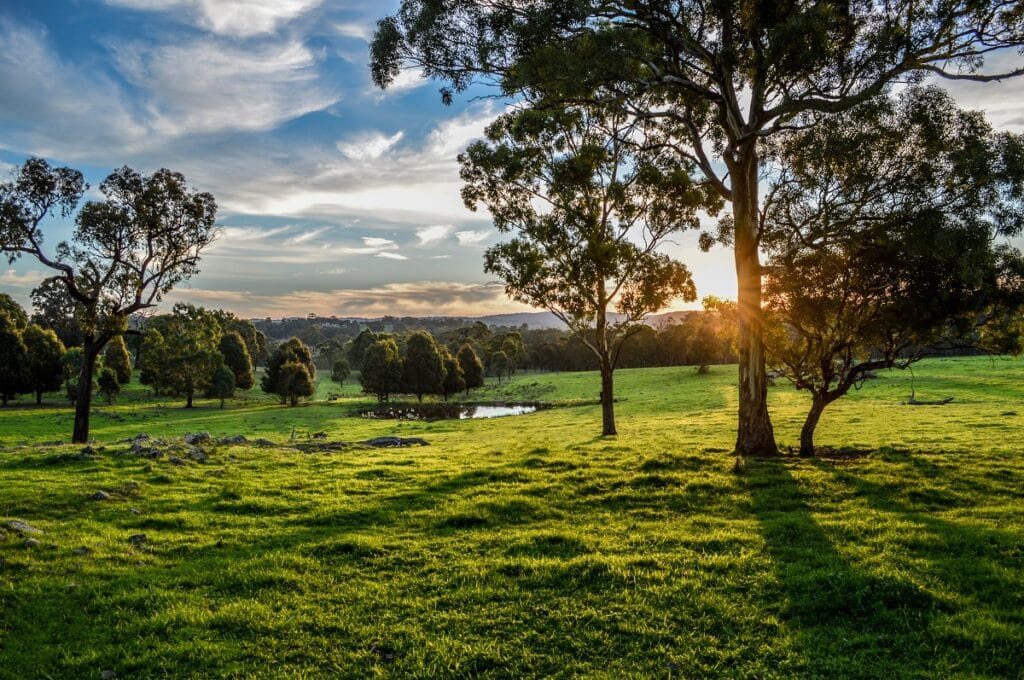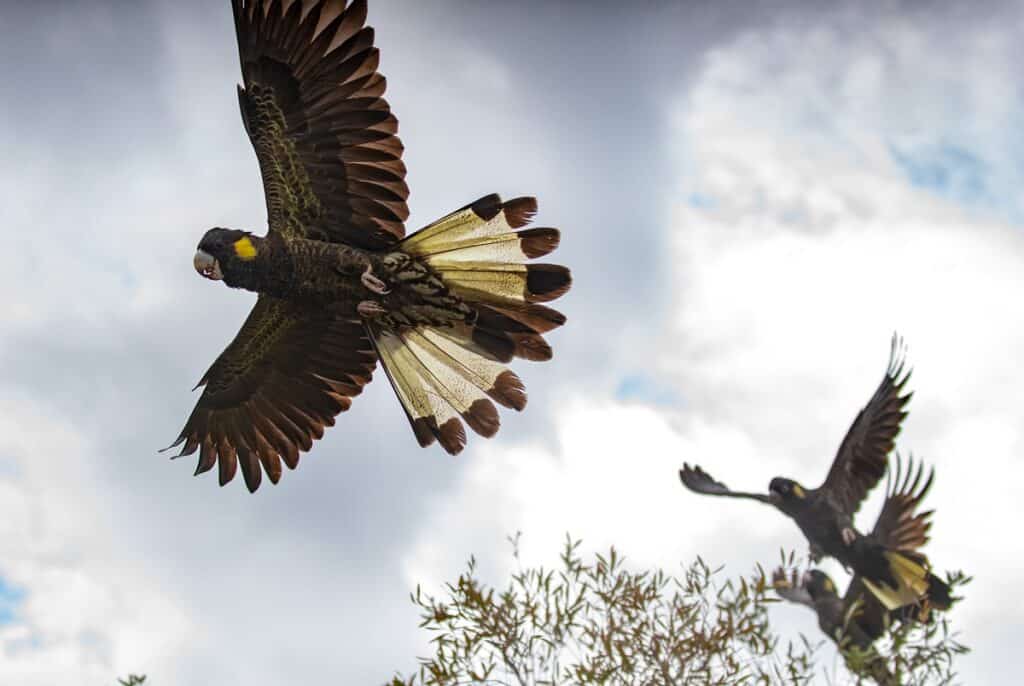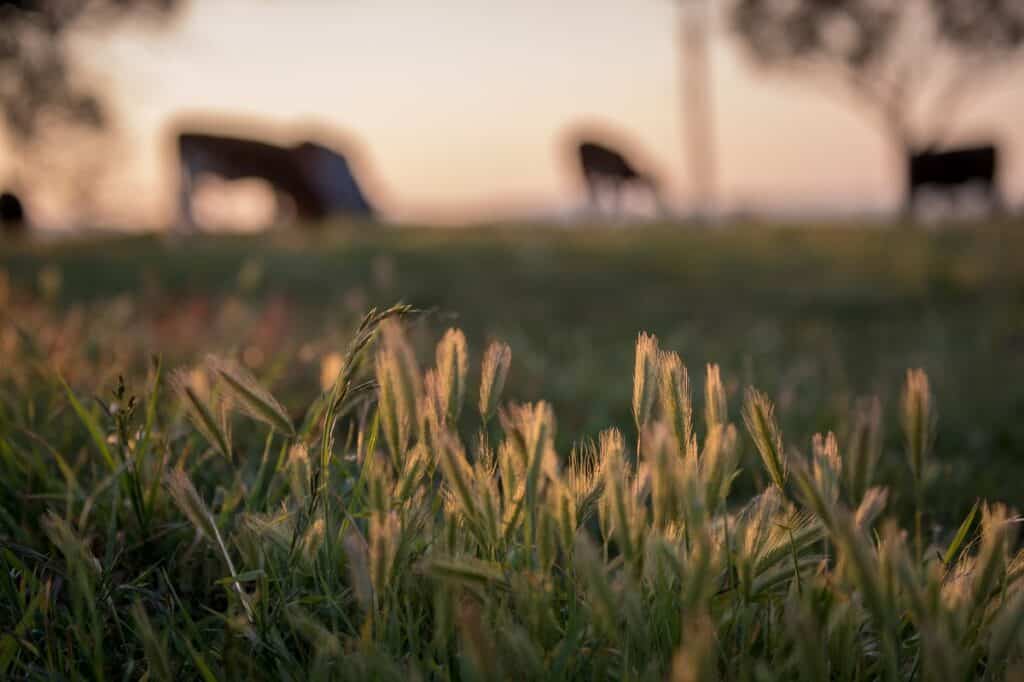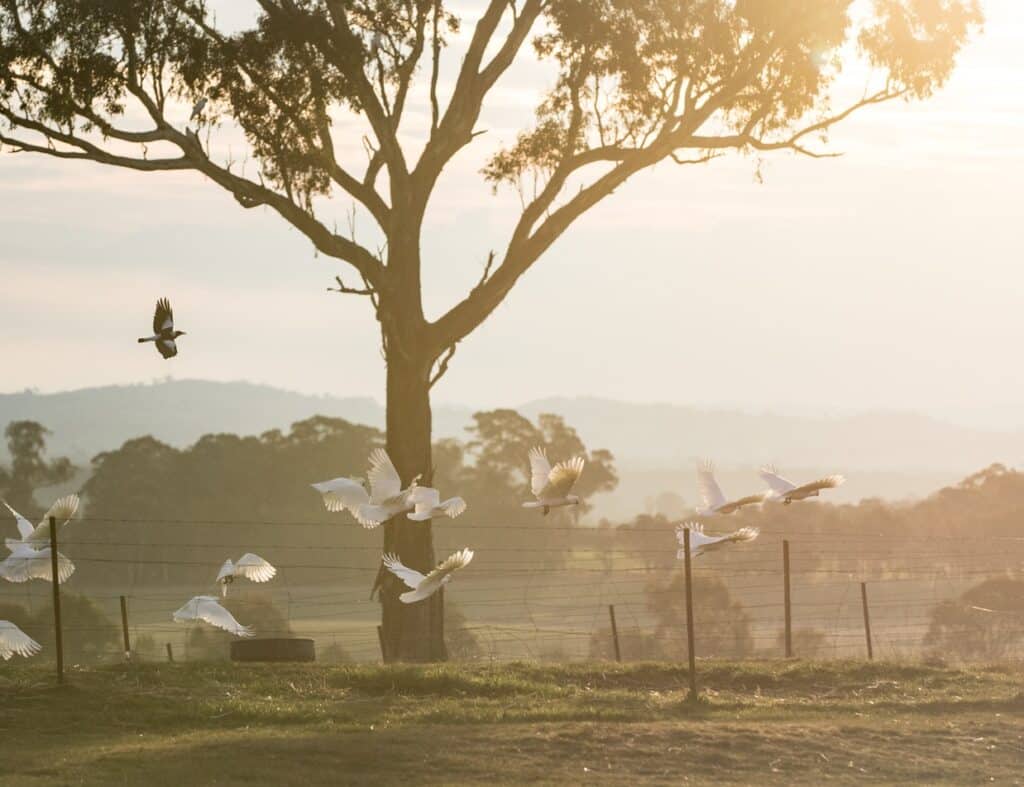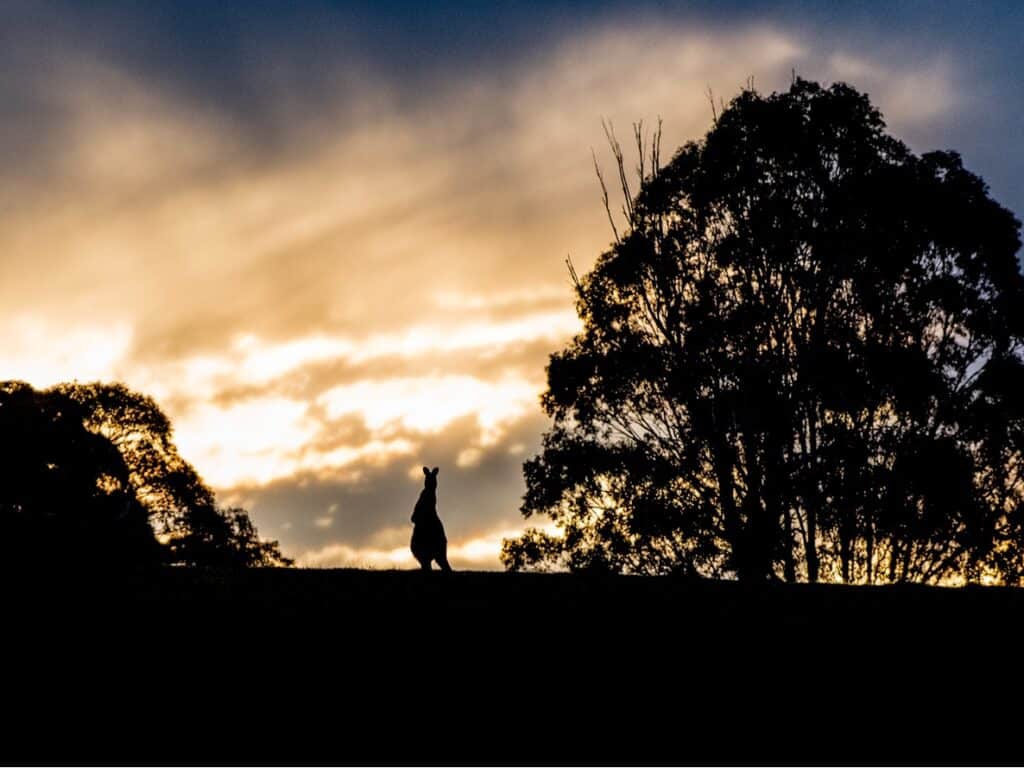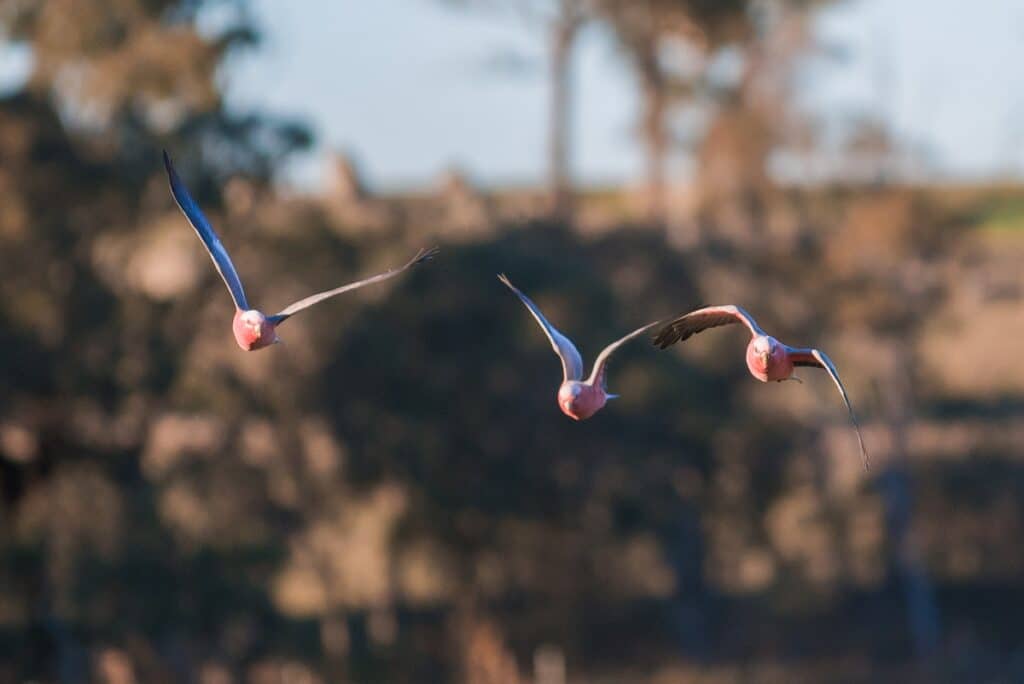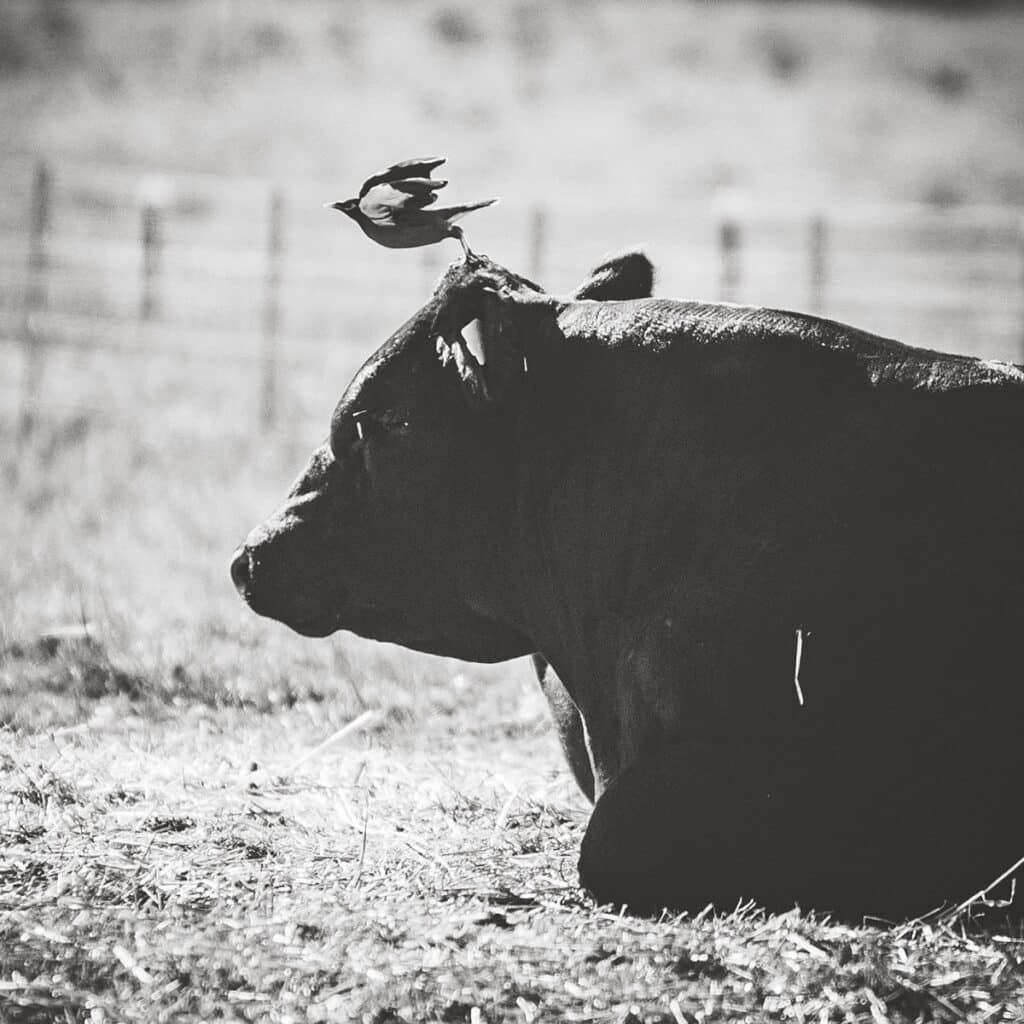Annie and Emily Hurst are the owners of Tickalara, a property situated in Gunning, approximately 50km southwest of Goulburn, New South Wales. The property is a residence and beef cattle farm, and Annie and Emily plan to manage the land as sustainably as possible while regenerating ecologically significant areas for the benefit of wildlife. They also plan to establish a carbon project on the property in the near future. Tickalara is additionally registered with Land for Wildlife.
Tickalara spans 117.7 hectares over fertile clay soils in the Southern Tablelands. The property features a number of creeks and tree lines and is comprised of mixed pasture with scattered mature native trees, found mainly along riparian zones. The dominant vegetation is dry sclerophyll forest with a scrubby understory.
The owners are currently restoring the once heavily cleared property by establishing exclusion fences and managing the land sustainably. Around 40 hectares of the property is now fenced, mainly around erosion zones, creek lines and in heavy-scrub paddocks.
Wildlife is abundant, especially in years with high rainfall. Among the species identified are eastern grey kangaroos (Macropus giganteus), swamp (Wallabia bicolor) and red-necked (Macropus rufogriseus) wallabies, bare-nosed wombats (Vombatus ursinus), ringtail possums (Pseudocheirus peregrinus) and microbats.
A wide range of birdlife is also present including wedge-tailed eagles (Aquila audax), brown goshawks (Accipiter fasciatus), tawny frogmouths (Podargus strigoides), laughing kookaburras (Dacelo novaeguineae), Australian magpies (Gymnorhina tibicen), pied currawongs (Strepera graculina), Australian ravens (Corvus coronoides), straw-necked ibises (Threskiornis spinicollis), white-faced herons (Egretta novaehollandiae), Australian wood ducks (Chenonetta jubata), superb fairy-wrens (Malurus cyaneus), red wattlebirds (Anthochaera carunculata), grey shrike-thrushes (Colluricincla harmonica), welcome swallows (Hirundo neoxena), restless flycatchers (Myiagra inquieta), spotted pardalotes (Pardalotus punctatus), dusky woodswallows (Artamus cyanopterus), chestnut-breasted shelducks (Tadorna tadornoides), crested pigeons (Ocyphaps lophotes), stubble quails (Coturnix pectoralis), spotted quail-thrushes (Cinclosoma punctatum), willie wagtails (Rhipidura leucophrys), weebills (Smicrornis brevirostris), magpie larks (Grallina cyanoleuca), masked lapwings (Vanellus miles), noisy friarbirds (Philemon corniculatus) and red-capped robins (Petroica goodenovii).
The property is home to an array of parrots including galahs (Eolophus roseicapilla), gang-gang (Callocephalon fimbriatum) and sulphur-crested (Cacatua galerita) cockatoos, crimson (Platycercus elegans) and eastern (Platycercus eximius) rosellas and red-rumped parrots (Psephotus haematonotus).

